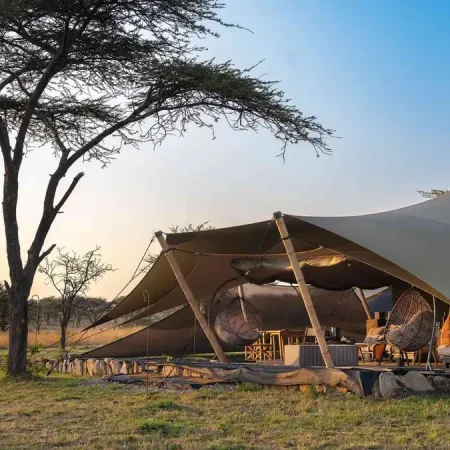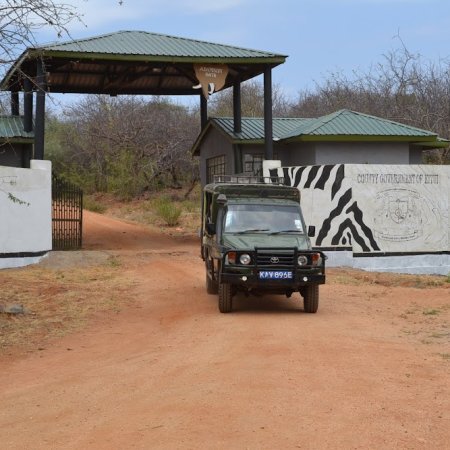Conservation Battles in Lake Nakuru: Saving the Rhinos and other animals
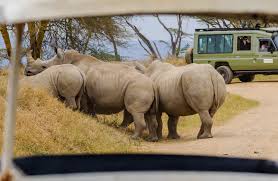
Once on the brink of extinction, black and white rhinos are slowly making a comeback in Lake Nakuru National Park, one of Kenya’s most important rhino sanctuaries. But behind this success lies a relentless battle, against poaching, habitat loss, and climate change.
In this post, we uncover the ongoing conservation efforts in Lake Nakuru, the challenges faced by park rangers, and how travelers like you can contribute to saving the rhinos of Africa.
1. Lake Nakuru: A Rhino Sanctuary in the Wild
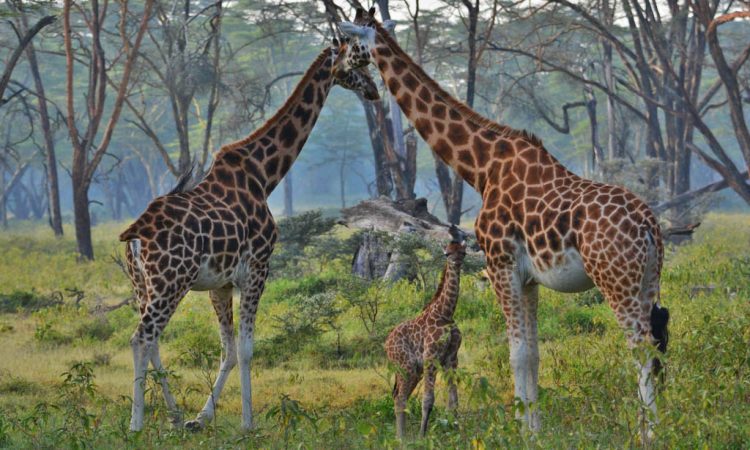
Lake Nakuru was declared a rhino sanctuary in 1984, and it now hosts one of the largest populations of black and white rhinos in Kenya. With intensive protection zones and trained rangers, it serves as a model for rhino conservation in East Africa.
2. The Two Giants: Black vs. White Rhino

Lake Nakuru is one of the rare places where both black rhinos (Diceros bicornis), which are more endangered, solitary, and have a hooked lip for browsing, and white rhinos (Ceratotherium simum), which are more social with wide mouths for grazing, can be seen thriving together in a protected environment.
3. Ranger Life: The Frontline Heroes
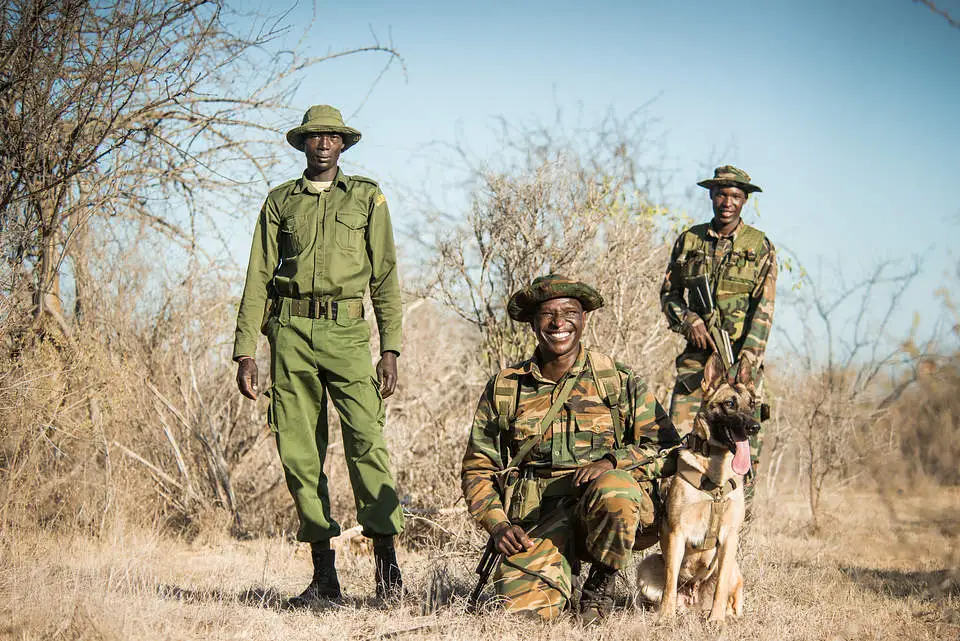
Park rangers in Lake Nakuru work under extreme conditions—long hours, physical danger, and emotional stress. They patrol thousands of acres, monitor rhino movements, and intercept poachers in real-time. Some have even lost their lives protecting the animals they love.
4. Technology Meets Wildlife Protection

Modern rhino conservation goes far beyond traditional patrols on the ground, now incorporating advanced technologies such as GPS tracking collars, aerial surveillance drones, and DNA forensics for rhino horn samples. These innovative tools help authorities monitor rhino movements, dismantle poaching networks, and ensure that every individual rhino is accurately tracked and protected.
5. Habitat Management: Not Just About Protection
Rhinos need more than safety, they need space, food, and water. Conservation teams manage grasslands, control invasive species, and even dig artificial water points during dry seasons to support healthy rhino populations.
6. Educating the Next Generation

Lake Nakuru also hosts community outreach programs to educate locals on the importance of rhino conservation. By building awareness and involving communities, long-term protection becomes a shared responsibility.
7. The Role of Tourism in Conservation
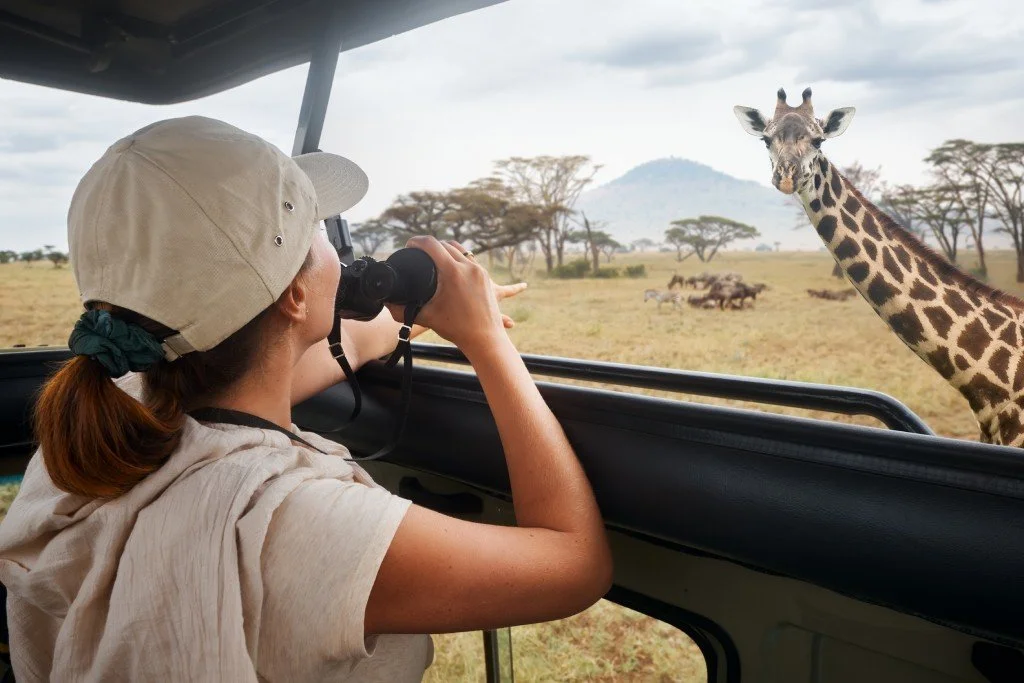
Every visit to Lake Nakuru funds conservation. A portion of park fees supports ranger salaries, surveillance programs, and community initiatives. Responsible tourism is one of the best ways to fight extinction.
Thanks to these combined efforts, Lake Nakuru’s rhino population has grown steadily. It’s not perfect, but it’s progress. Each surviving rhino is a testament to decades of hard work and global collaboration.
When you book a safari, you directly contribute to conservation. Our guides follow responsible tourism practices and support local efforts to protect Kenya’s rhinos.

